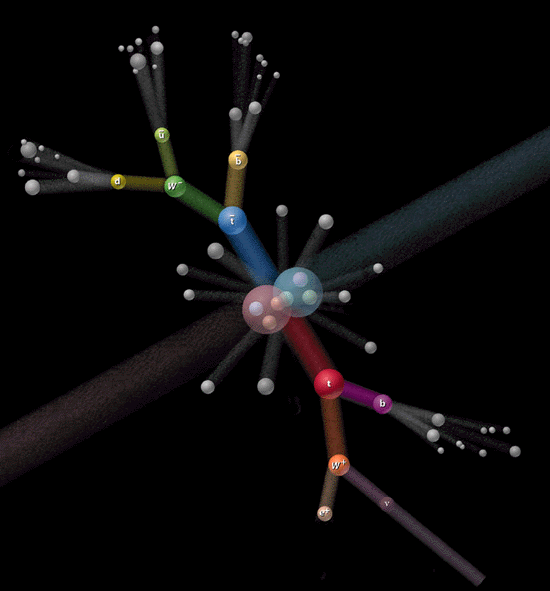
Excerpt from the Encyclopedia Britannica without permission.
Until its development in the third decade of the 20th century, the scientific atomic theory did not differ philosophically very much from that of Dalton, although at first sight the difference may appear large. Dalton's atoms were no longer considered to be immutable and indivisible; new elementary particles sometimes appeared on the scene; and molecules were no longer seen as a mere juxtaposition of atoms--when entering into a compound atoms became ions. Yet, these differences were only accidental; the atoms revealed themselves as composed of more elementary particles--protons, neutrons, and electrons--but these particles themselves were considered then as immutable. Thus the general picture remained the same. The material world was still thought to be composed of smallest particles, which differed in nature and which in certain definite ways could form relatively stable structures (atoms). These structures were able to form new combinations (molecules) by exchanging certain component parts (electrons). The whole process was ruled by well-known mechanical and electrodynamic laws.
In contemporary atomic theory the differences from Dalton are much more fundamental. The hypothesis of the existence of immutable elementary particles has been abandoned: elementary particles can be transformed into radiation and vice versa. And when they combine into greater units, the particles do not necessarily preserve their identity; they can be absorbed into a greater whole.

Excerpt from the Encyclopedia Britannica without permission.